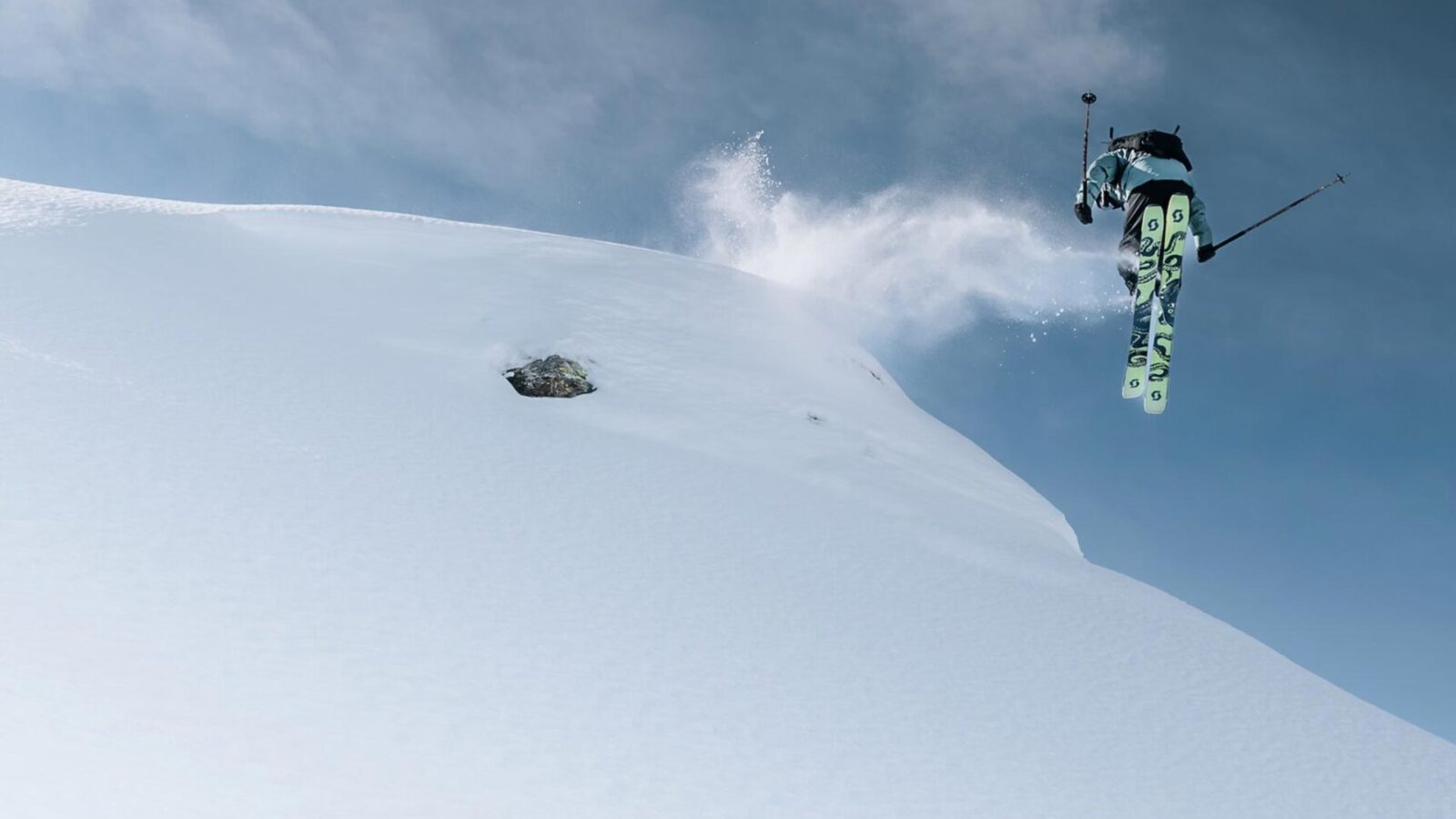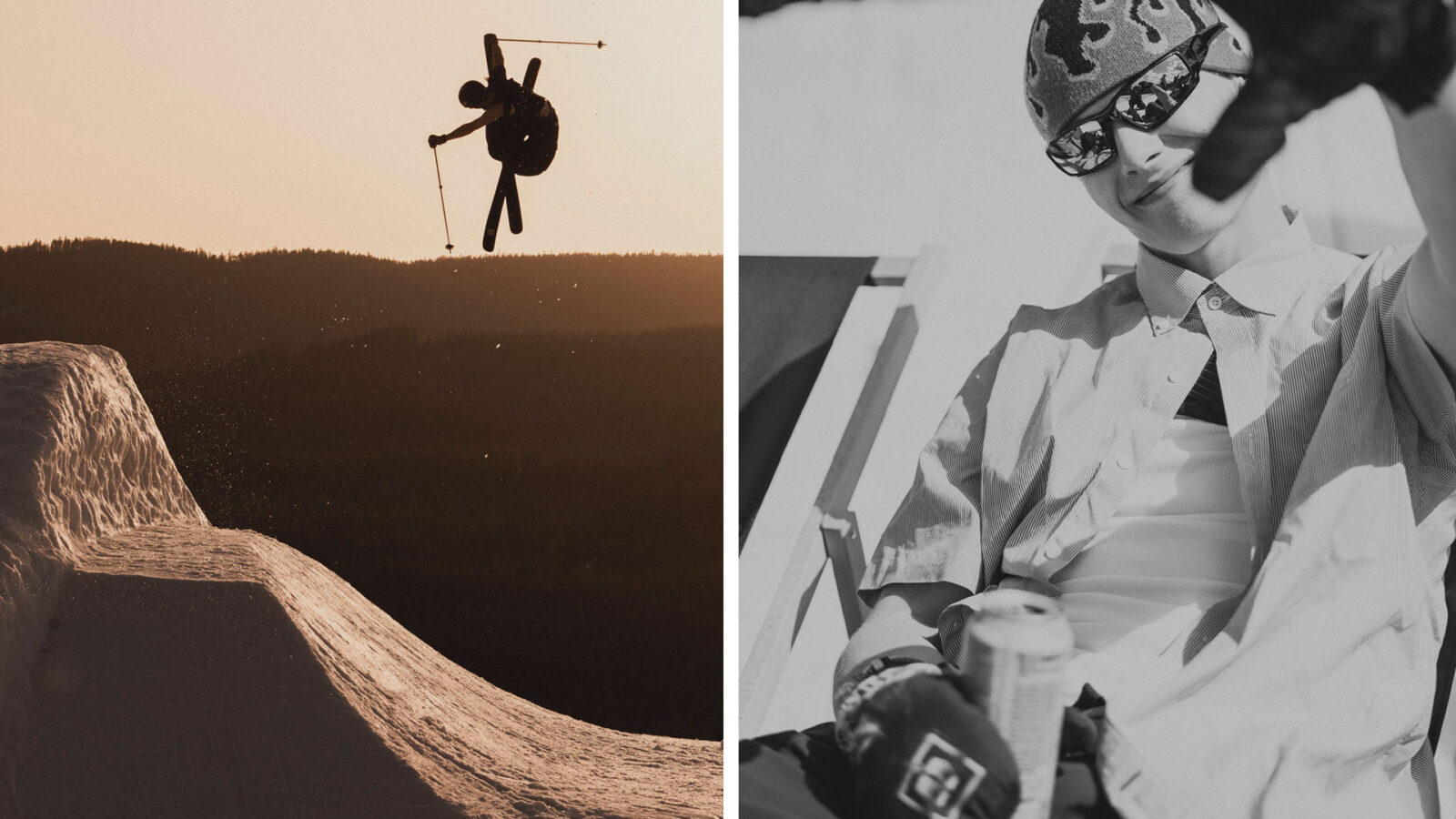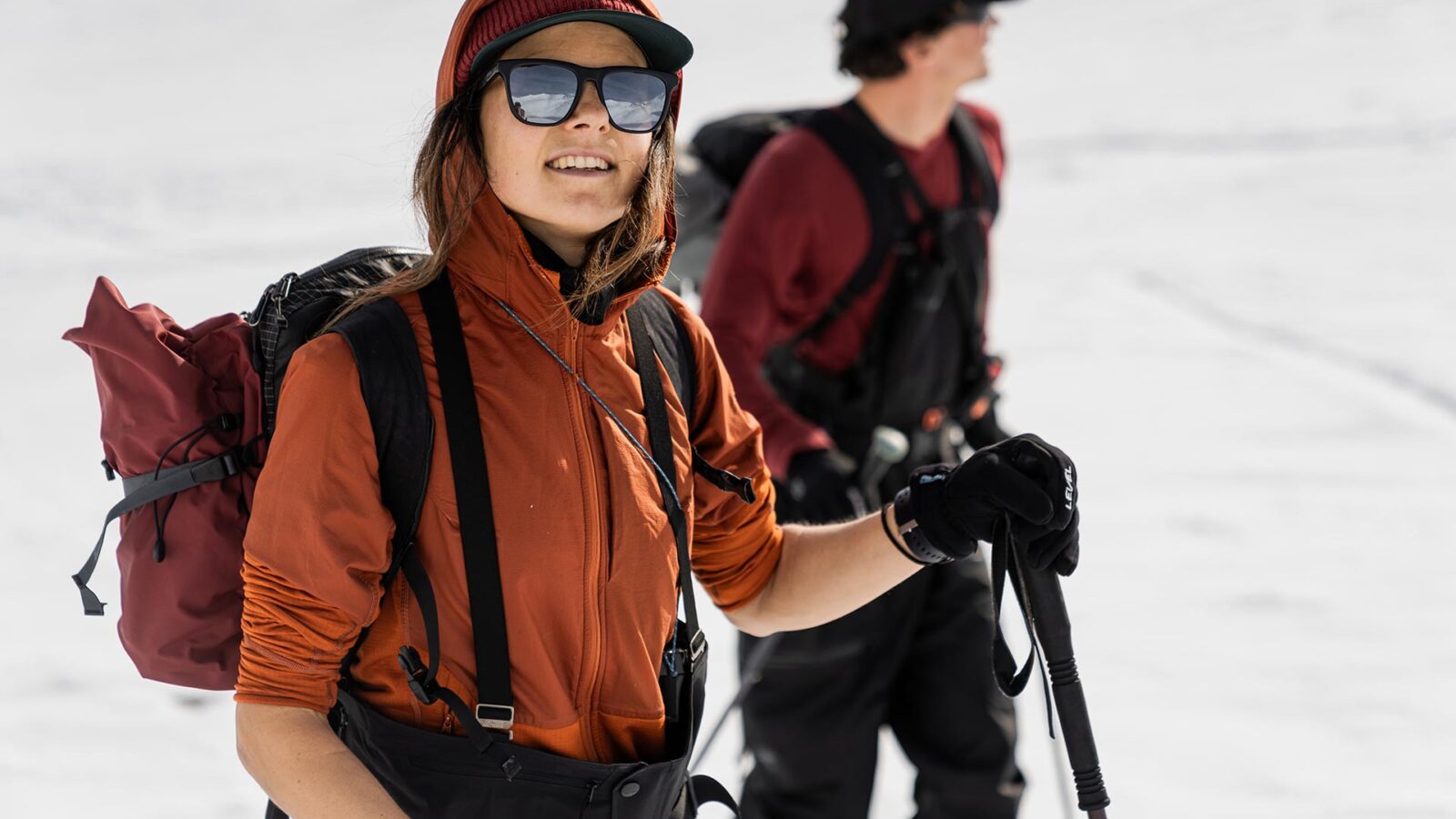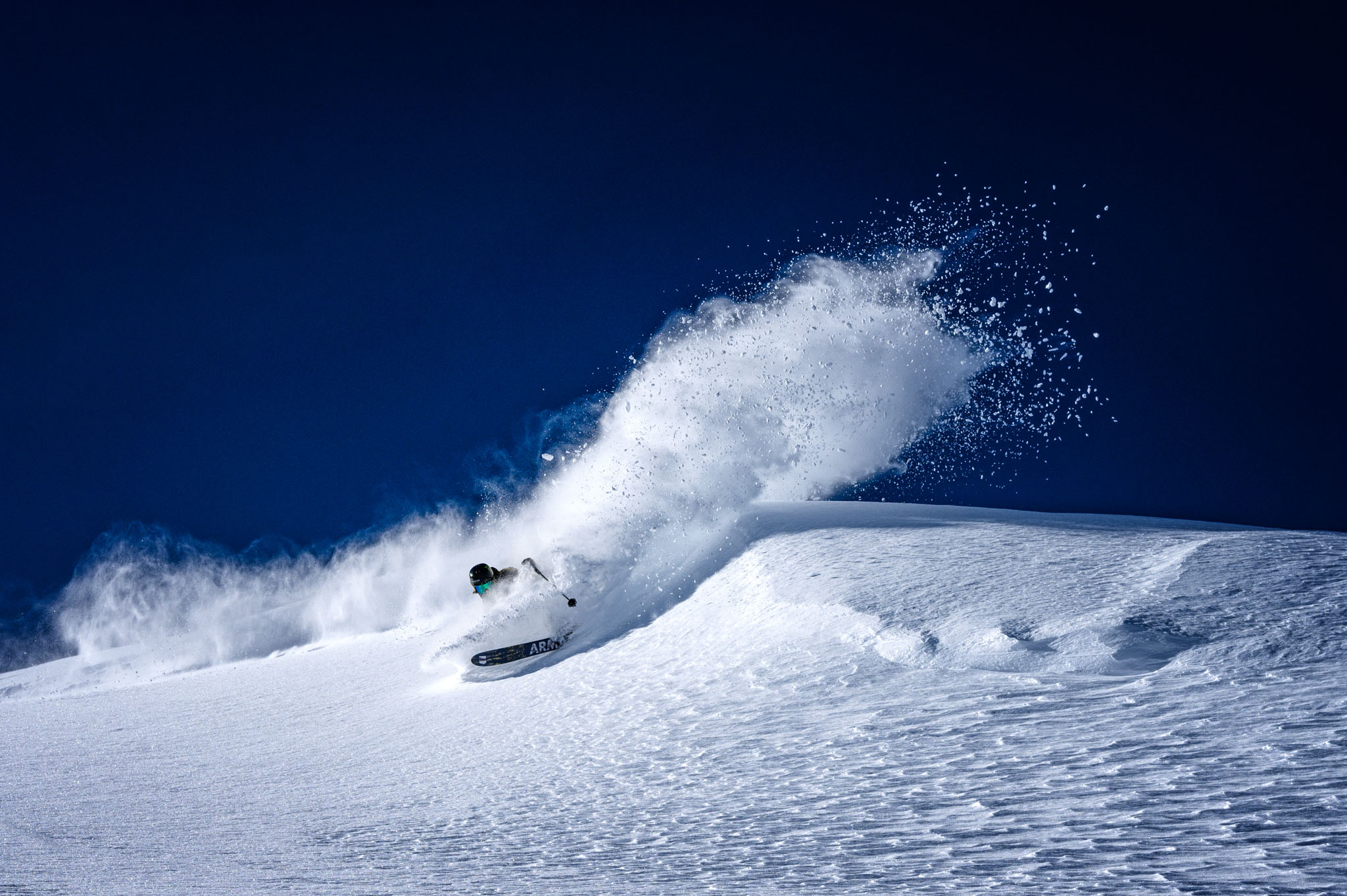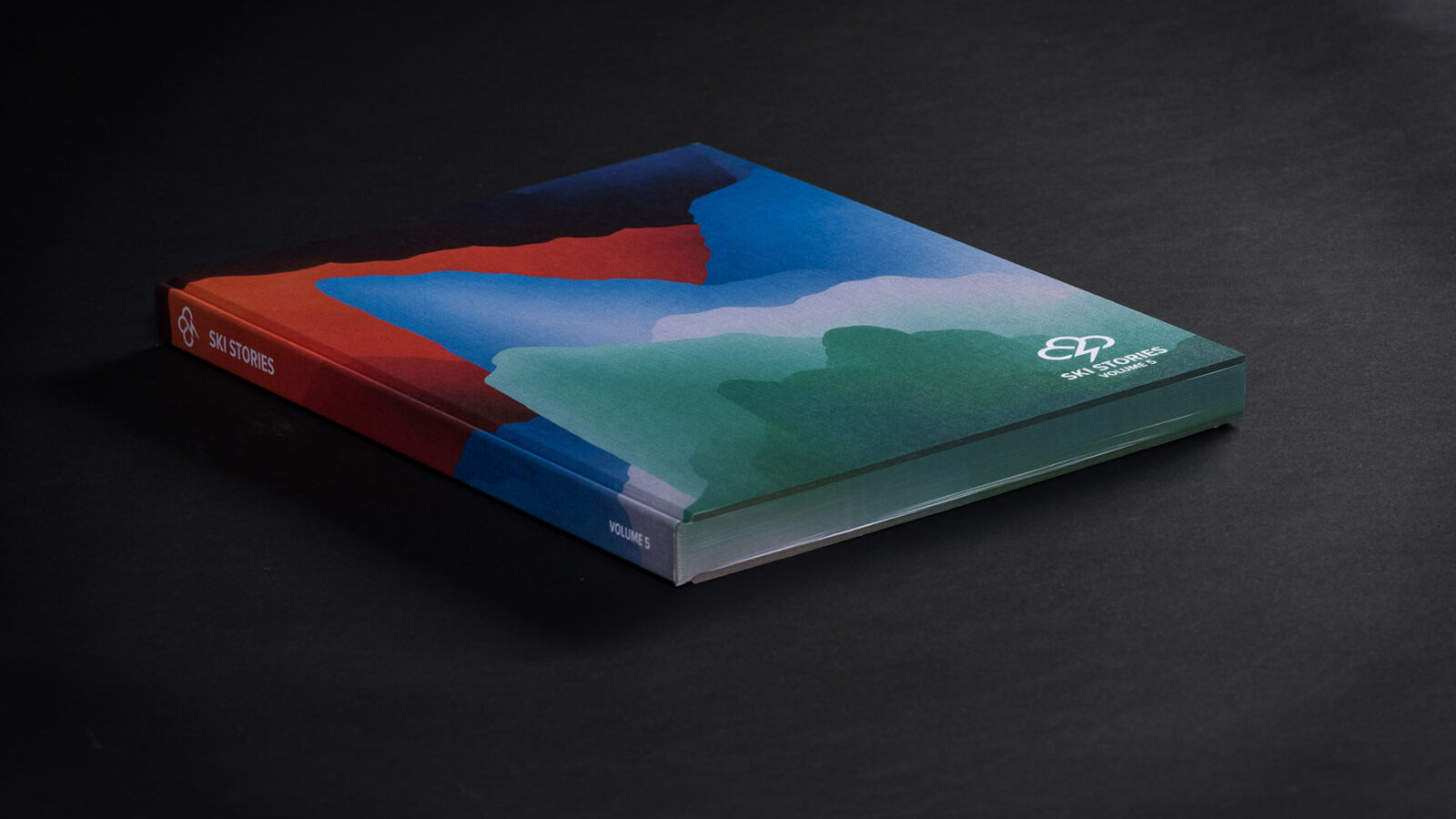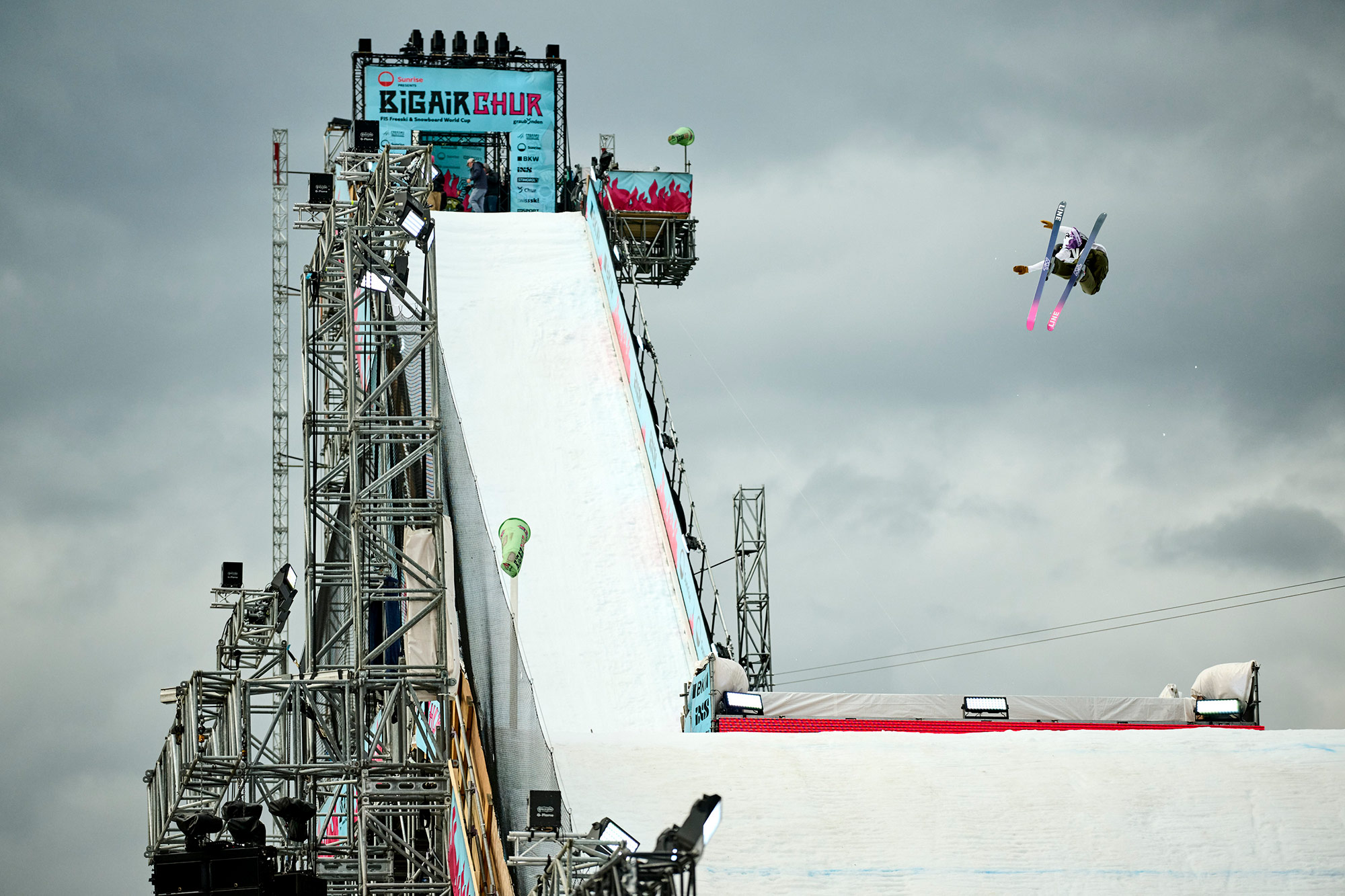
Stories
HighlightTwisting and turning
Smash or Pass: Bringbacks
The 22/23 contest season kicked off last week with the Big Air in Chur, and as usual, the season’s first contest gave us a look at the current trends. After watching the contest in Chur, I came home with this takeaway: If you aren’t trying to do an 1800 in big air this season, you’re probably trying to do a bringback.
Just to prove why this article is even necessary, I saw the following tricks either landed or attempted in Chur:
- Hand drag double cork 900 bringback (Vince Maharavo)
- Triple cork 1260 bringback (Joel Liimatainen)
- Double cork 1620 bringback (Dylan Deschamps)
- Double cork 720 bringback (Leo Landroe)
- Double cork 1260 bringback (Max Moffatt)
- Nose butter double cork 900 bringback (Elias Syrjä)
- Switch double 720 bringback (Jesper Tjäder)
- Switch double 900 bringback (Birk Ruud)
In fact, the highest-scoring trick of the contest was Birk Ruud’s switch double 900 bringback—a trick that, if you spend too much time looking at it, you’ll go permanently cross-eyed. This invites an obvious question: Are bringbacks the future of big air skiing? And should they be?
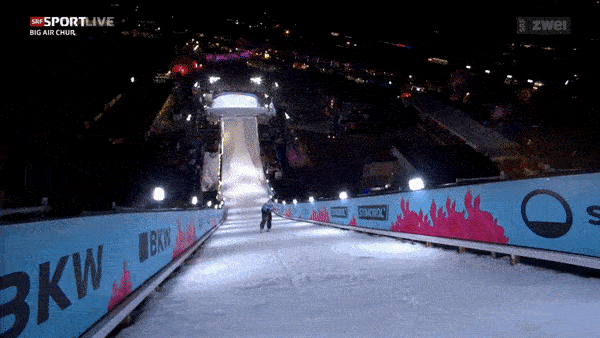
This unconventional switch double 900 was the highest-scoring trick in Chur.
What is a bringback, anyway?
You know the meme, “No, this isn’t how you’re supposed to play the game”? Well, a bringback is basically skiing’s version of that. Essentially, it’s a subversion of expectations. A skier sets a trick in a certain way—say, a cork 7 or a double cork 10. These are rotations we’ve seen before and are familiar with. Once we’ve seen the start of the trick, we know more or less how it will end.
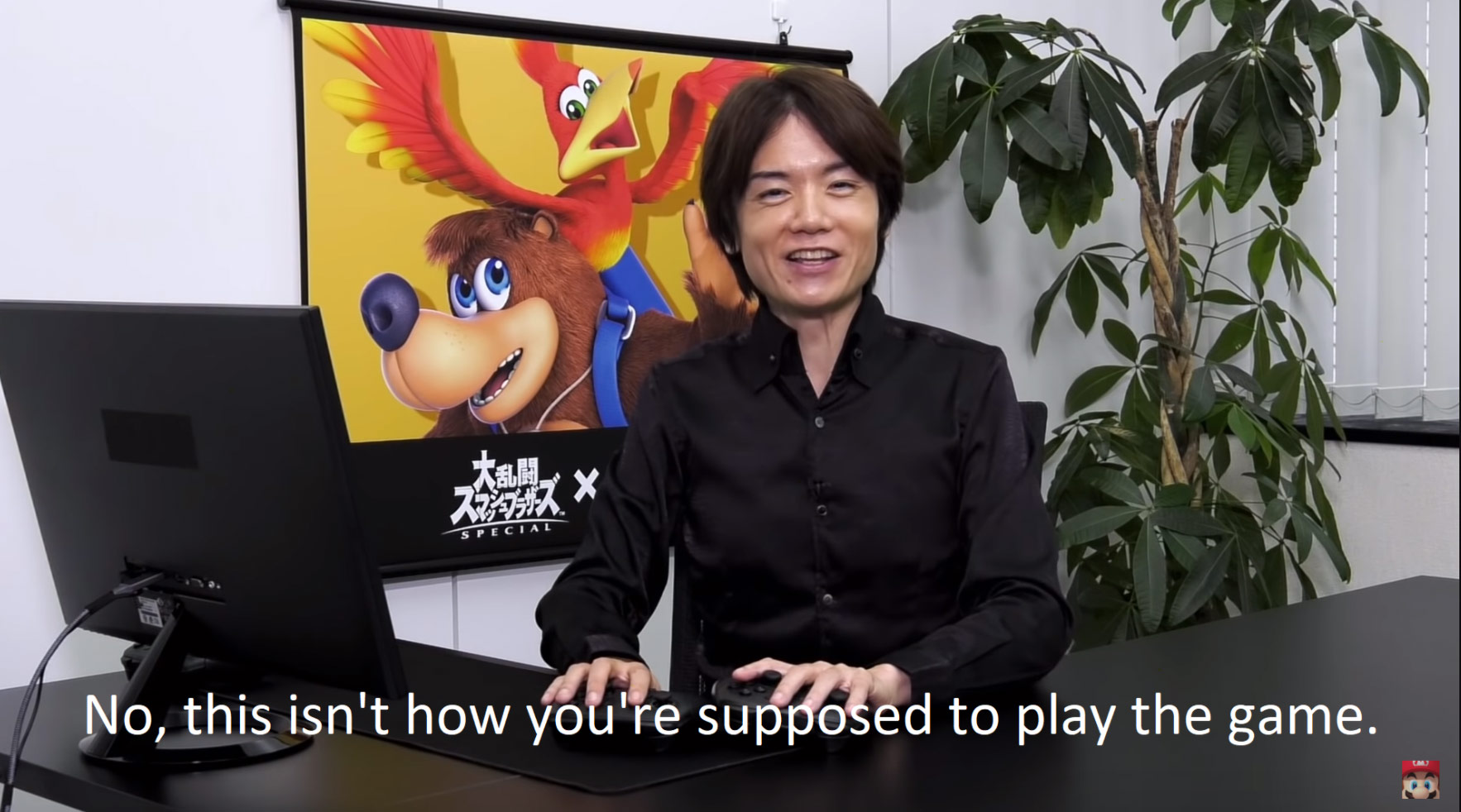
Except, it doesn’t end how we expect it to. The skier contorts their body in such a way as to stop the rotation prematurely, or even reverse its direction. This is usually accomplished with a kind of “mule kick” that changes the dynamics of the rotation (a poked-out, straight-leg safety grab sometimes accomplishes the same thing). Regardless of how this feat is accomplished, the end result is the same: a trick that’s not the one we were expecting. For example, what we thought would be a cork 720 has suddenly become a cork 540—the skier “brought it back” by 180 degrees.
A brief history of bringbacks
Bringbacks are nothing new. Their original innovator may be Vincent Gagnier, who was doing a switch cork 540 to pretzel 180 in competition since at least 2013 (here’s his run at the Dew Tour that year). At the time, Vinnie’s trick was mostly regarded as a gimmick—yet another case of an innovator being too far ahead of his time—although he did win a few contests with it, like the Boston Big Air in 2016.
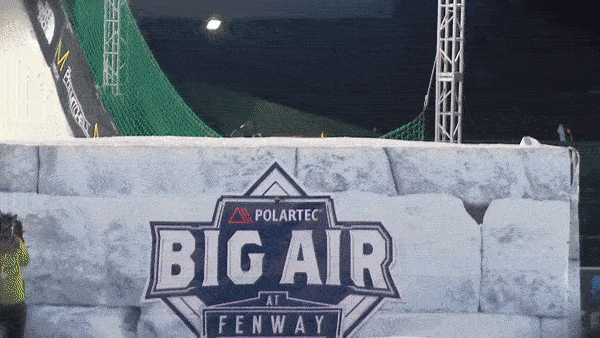
The original in-air pretzel: Vinnie Gagnier´s switch cork 540 to pretzel 180
The first time I started noticing bringbacks gaining in popularity is when Alex Hall began doing them—first bringing 360s back to 180s, then 720s back to 540s. This 540 bringback at Absolut Park, for example, blew my mind back in 2018. At this point, it was still something of a gimmick trick, although it was already starting to leak into contest skiing. Then, the bringback had its first major contest moment when A-Hall incorporated a double cork 900 bringback into his winning run at the 2022 Olympic slopestyle. And now, it seems like everyone’s doing them.
View this post on Instagram
Bringbacks vs. Lock Flips
I’ve been liberal in calling all of these tricks "bringbacks." But we should introduce some nuance, because there are at least two different kinds of bringback tricks actually being done right now. The more common variation is what judge Jason Arens calls a “lock flip” (see below for the full quote). This involves the skier “locking” a corked rotation to land switch, when we normally would expect them to land forward. In my opinion, Teal Harle has some of the best-looking tricks in this category.
The second variety is sometimes called a pretzel. As in the rail trick of the same name, the skier actually completely halts their rotation in mid-air and starts spinning in the opposite direction. This is usually accomplished with the mule-kick approach, or via other bodily contortions that take liberties with the nature of off-axis spins to produce unexpected results.
We’ve already seen skiers reverse rotations by 180, even 360 degrees. And if the rapid progression in tricks up to now provides any precedent, we will likely see spins being “brought back” even further soon.
Are bringbacks the future?
The question remains: Can we expect to see bringbacks playing more of a role in contest skiing? And is this really what we want? I put these questions to a few different people, competitors as well as judges, who were in Chur. Here are the responses I received.
We will for sure see more of them! It's a fun way to progress in freeskiing without adding more spin. - Jesper Tjäder
I definitely would say yes, it’s a huge component that I think can be expanded upon moving forward. It’s really cool to see the first editions of them broken out in contests now. Granted, this is not necessarily new—it’s something Vinnie Gagnier was trying to progress back in the day, winning the Boston Big Air. I think freeskiing has always allowed for a level of progression that isn’t necessarily on the linear scale: the flipping and spinning more. I think this as well as the “lock flips,” where people are adjusting their rotation to come out at a time in which, traditionally, they might have spun another 180 to that rotation, are going to be a big thing moving forward in contests. These just add a new level of progression for skiers to be able to try to figure out. And we as judges get to figure out, with the community, where this fits in to progression, how these are looked at difficulty-wise, and what we call it. I’m really excited to see the first ones really being debuted to start this season. I feel the human body can really only flip and spin to a certain extent, and we’re reaching that level in contest skiing as it is right now. So it’s fun to see a new genre of progression that we can start seeing people focus on. - Jason Arens (Judge)
I think that different kind of tricks, bringbacks, even trying to pretzel back—do a proper spin to the left, then change and spin to the right—for sure that’s something that we will see more of in the future. I’m excited to be a part of it. It’s freestyle skiing so its free, it’s very open. I think we’ll see a bunch of different stuff, and I think this is just the beginning. - Birk Ruud
I was also interested to hear what Vinnie Gagnier, the OG pretzel-spinner, had to say about the new trend. Here's what he wrote me:
Over the last few years, I would say that A-Hall, Dean Bercovitch, Matej [Svancer] and Teal [Harle] are some of the people that pushed some of those tricks other than myself. And the thing with progression is that once more than 1 or 2 people can do a certain trick, there will be a lot of people replicating that same trick within a year. With airbags now, new tricks won't ever stay new for long.
I love that more skiers are trying to do something different and not be so repetitive like it has been in the past. But the style and the execution has to be good for those tricks to get any type of high score. Technicality without style should never get rewarded no matter how hard a trick is. Aesthetics should be what matters most. When I won in Boston with my sw rodeo 360 lead mute, I don’t think you could argue that what I did wasn’t technical or good looking.
My biggest fear with contest in general and it is something that has to change, is the NO POLE problem that is happening right now with this new generation. I don’t understand how insanely good and fearless those kids are but some reason skiing with poles is too much of a gamble for them. Even if they be doing the easiest of grabs. I propose that poles should be judged into the technicality aspect of a trick. Any skier that decides to compete without poles should never exceed a score of 90. So he could never win or never really be in podium contention. Hopefully that would fix the issue. - Vincent Gagnier
My Two Cents
Yes, a bringback helped win the contest in Chur. However, everyone else—every single other skier who tried a bringback during qualifications—didn’t even make it into the finals. And Jesper Tjäder, who tossed a well-executed pretzel-air of his own during the finals, didn’t receive nearly as high of a score. What gives?
No doubt, the subversive aspect of Birk’s trick definitely played a big role in its score. No one was expecting it, especially not from Mr. 1800 himself, and he did a variation that no one had ever seen before.
Bringbacks are notoriously difficult to make look good. Even if you manage to make your body defy the laws of physics, the contortions involved often have you looking like “a fish flopping on the line,” to use former judge Raf Regazzoni’s expression. (Guess what: He’s not a fan of the trend.)
There’s no doubt: Bringbacks and similar unconventional rotations are opening new doors of possibility. At the same time, there’s absolutely no guarantee that they will continue to win contests. If anything, the record shows a very low rate of success. They’re hard to do, harder to make look good, and the response from judges is inconsistent at best.
The best comparison that I can find is the nose butter. Certain skiers (Henrik Harlaut, Matej Svancer) have used nose butter tricks to great effect. That doesn’t mean that other skiers have been able to produce the same results. Success with these kind of “specialty” tricks is the exception, not the rule.
At the very least, it’s refreshing to see an alternative emerge to the “spin to win” mentality. Will skiers continue to win with these unconventional tricks? Honestly, it’s unlikely. But at least it’s a possibility. Barring a return of judging that focuses on style, that may be the best we can hope for.

